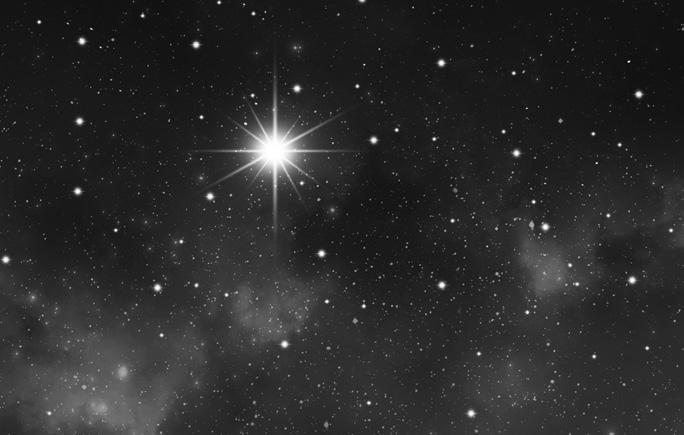
1 minute read
The Mysterious Christmas Star
from Holiday 2022
by Forrest Lockhart
For two millennia the Star of Bethlehem has been a cornerstone of the story of Christ’s birth in a small village in Judea. The biblical gospel of Matthew recounts that Magi from the east followed a bright star in the vicinity of the constellation of Aries, the ram. It led them to what their tradition foretold would be the birth site of a powerful leader. Matthew recounts the Magi as declaring, “Where is he who has been born king of the Jews? For we have seen his star in the East and have come to worship him.”
Advertisement
Every year, the onset of the Christmas holidays brings new efforts by scientists, theologians, and media gurus to explain what the Magi may have seen. Over time there has been no lack of solutions brought forth. One complication in the search is that biblical scholars have long suggested that the actual birth date of Jesus may have been a few years prior to that reflected by the Gregorian calendar. Dates ranging from 7 B.C. to as late as 3 A.D. have often been proposed. So, given a range of possible birth dates, what does history offer as a possible Christmas Star? Let’s consider a few possibilities.
One explanation is the sudden outburst of a stellar supernova, the light from a large star violently exploding at the end of its life. If amateur astronomers had access to a time machine, the year 1006 A.D. would be a strong contender for the best time to witness a supernova. In late April of that year, a staggeringly bright “guest star”, now known as SN 1006, exploded into Earth’s skies in the constellation Lupus. The burst of light would have been around 16 times brighter than Venus, typically the second brightest object in Earth’s night sky. Before gradually fading away, it ultimately reached an estimated visual magnitude of -7.5 — easily bright enough to be visible during the day.
On July 4, 1054 A.D., all of Earth was again treated to celestial fireworks as another ‘new star’ appeared in the constellation Taurus the Bull. The supernova — initially brighter than the Moon —










